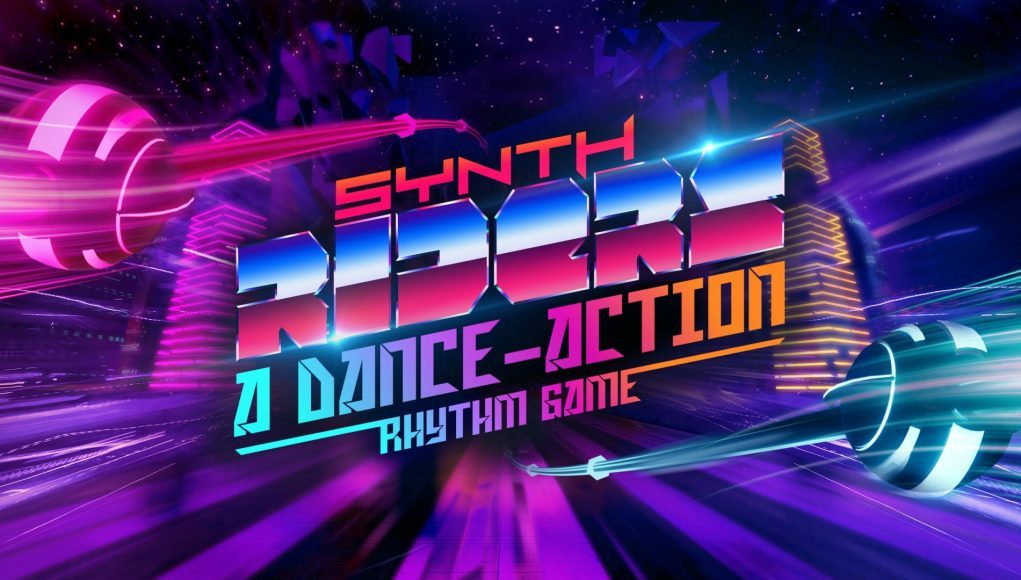Synth Riders (2018), the VR rhythm game from Kluge Interactive, initially launched on PC VR and Oculus Quest as a single-player game. Now, the studio has released a cross-platform multiplayer mode that lets you create private and public lobbies for up to five players.
Lobbies are social, Kluge Interactive says in an Oculus blog post, however all mics are automatically turned off once a song starts. Each multiplayer lobby keeps score of the total number of wins per player, while the leaderboard lets you scroll through multiple song scores.
The studio calls this update its biggest yet. Outside of multiplayer functionality, it includes a redesigned user interface, a new song (“Code War” by Nutronic), a new stage (‘Abstract’), new avatars, new sound effects, and a few quality of life updates to the game’s beat map editor.
According to a Steam news update, players can change things up by choosing from a number of modifiers such as ‘Prismatic Notes,”Sudden Death,’ etc.
Take a look at the full change log below:
- Performance improvements throughout the game (starting the game is now a lot faster)
- Frame rate improvement in the gameplay
- 27 songs from the OST have been remapped to improve audio sync issues and improve overall playability
- Cross-platform Multiplayer Mode for up to 5 players
- New visual style and design of the menus
- Restructured and simplified UX
- Brand new custom-designed avatars
- New sound effects and a new Stage, “Abstract”
- A bonus free song “Nutronic” by Code War (FiXT Label)
Map Editor Change Log
- Support for Undo and Redo
- Walls now can be moved and rotated
- New input manager where the user can set/edit their custom key combinations
- Custom color selector for notes
- Draft mode







